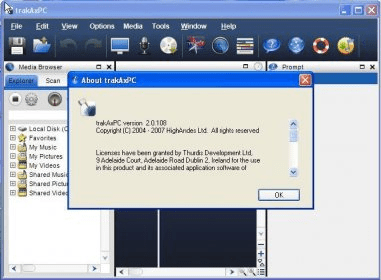
This design seems finely balanced between those this and being valid: once the NPC is in they are happy enough not to find new accommodation, but they have nowhere safe to stand at night inside the house, because of the sloped block under their standing spot. Slightly different designs also had the problem of the NPC teleporting back to their square block in the middle of the room at night, stopping the engine. Because of this, various loading teeth designs, involving top hoiks (against the ceiling), had to be scrapped. For example, inactive blocks are fine, counting towards open space, but the banner for re-locating the NPC into the house will sit below these blocks, even if they are at floor level. There are a lot of idiosyncrasies to valid housing and NPC location.

If this does not work, try hammering the tooth directly below their banner into a square block (shown in diagram below, right, as a red block). NPCs will teleport in immediate during night time hours (7:30pm-4:30am) when they and the housing are off screen (HD resolution). If the NPC's housing banner shows below the loading teeth they may fall through the floor or just fail to teleport home. solid) when allocating an NPC to the house and when engine is not in use. The lever inside actuates the loading/unloading teeth. It even continues between save and re-load! The idea being that the engine can run continuously, day and night, even while you are across the map. It has been carefully designed to function as valid housing for a friendly NPC. House Hoik Engine - this is a variant on the plain hoik engine (above). Note - only E and F are currently console compatible, using only up-sloped blocks. F - as with E but with enclosure for skeleton (will only operate while on screen) or NPC via king/queen statue (will only continue to operate off screen during the day). E - actuating a tooth is easiest (but not essential) for entering these top hoik engines. D - dud design, no space for plates (in the middle does not work because player overlaps it in both positions. C - as with B but only 1 tile gap between hoik teeth, space under them for plates. B - same as A but no need to hold down (use grapple or teleport to exit). Square blocks above the 'teeth' (as in figure B, below) are there purely to keep the player from 'stepping up' onto the top of the teeth blocks, when not holding the to run engine. The plates are activated alternatively at 30 times per second, staggered by 1 tick from each other. The downwards slopes then bounce the player's sprite (and the screen view) back and forth at 60 times per second. Hoik Engine - (in video and diagram above) the player walks in from the left, through the blocks (thanks to the sloped platforms and the 'ghost wall' glitch). But again, only the end result is observed, and no collisions or impacts can take place until these wiring actions have concluded.)

(Note - the exception is teleporter systems, which can move characters multiple times in under 1 frame. Only the end result is rendered to screen: whether an odd or even number of activations have happened in that time. In-game wiring activations may change the state of actuated blocks (and lights) multiple times within one tick, but the meaning of this is ambiguous since it can not be seen. This is because block collisions are only checked once each frame (or 'tick'). The maximum frequency of operation of the hoiktronic components is 60 times per second, in line with the games frame rate.

Video captured with Fraps, edited in trakAxPC.The counter's mode of action is labelled as ' hoiktronic' to communicate the key use of the 'hoik' glitch (with sloped blocks) to control the movement of NPCs so rapidly and precisely that they become almost like electrons, facilitating rapid digital mechanisms. Music from Terraria Soundtrack Volumes 1 & 2 All footage shot in Terraria 1.2.4.1 for PC.


 0 kommentar(er)
0 kommentar(er)
